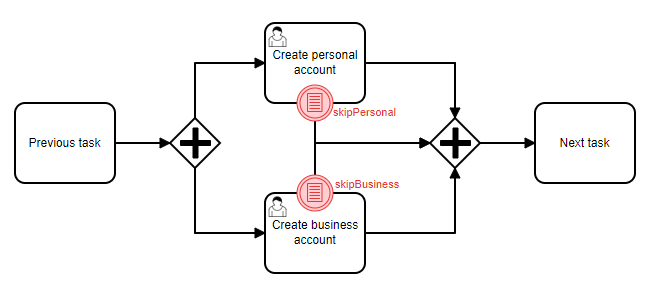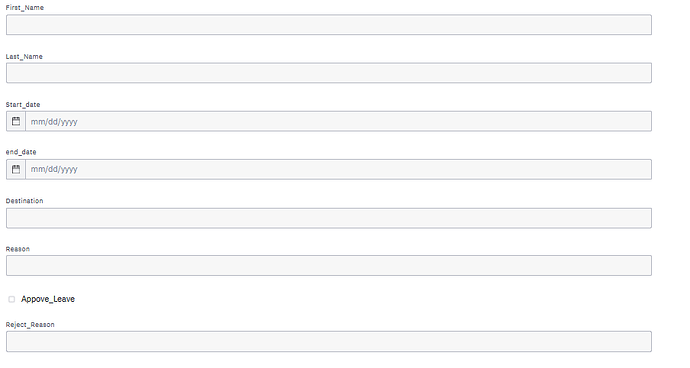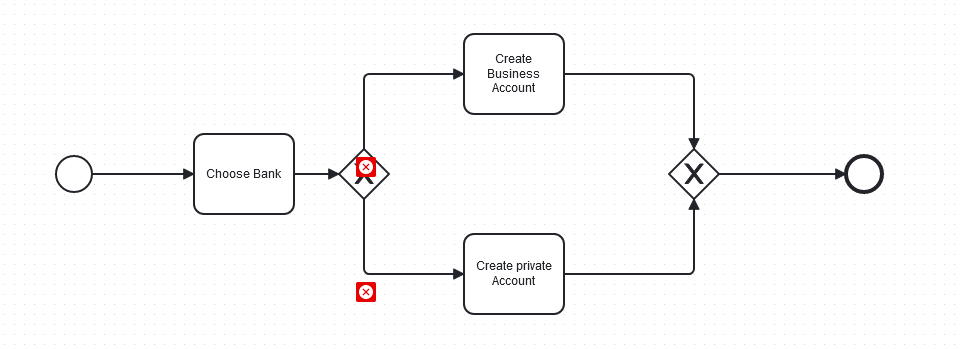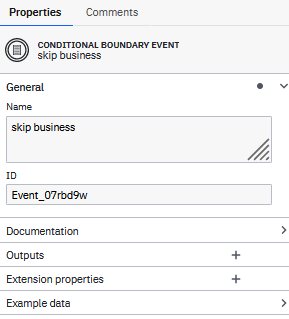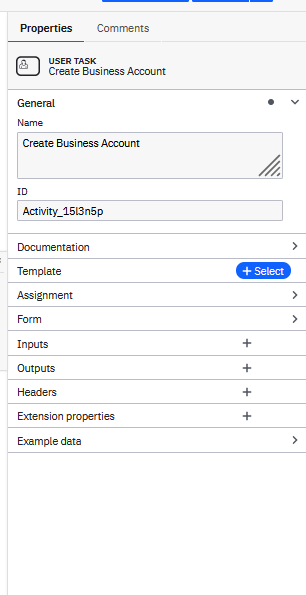I have a question. I have a banking process where a customer selects either a personal account or a business account using an XOR gateway. I’ve noticed that I need to input a variable in the XOR to determine which task to go to. Can I set it up in a way that both tasks are available in the task list? For example, have both “Create Personal Account” and “Create Business Account” tasks available. Currently, when I complete the “Create Personal Account” task, the other task disappears. Is it possible to set it up so that both tasks remain available?
Next, we have another XOR question. A reviewer selects “true” in the form, and the request is approved. In the XOR, I need to input a variable to direct it to the task where it was previously accepted in the form using a boolean variable. But what if I didn’t select it because I didn’t approve it? How can I set it up so that the process goes to the task where it was not accepted, where the value is “false”?
